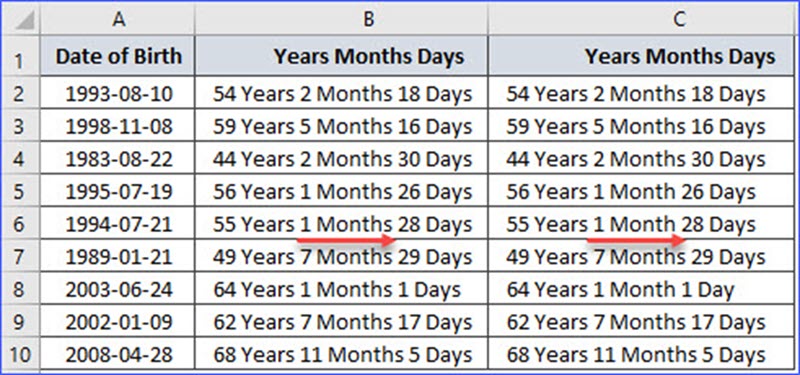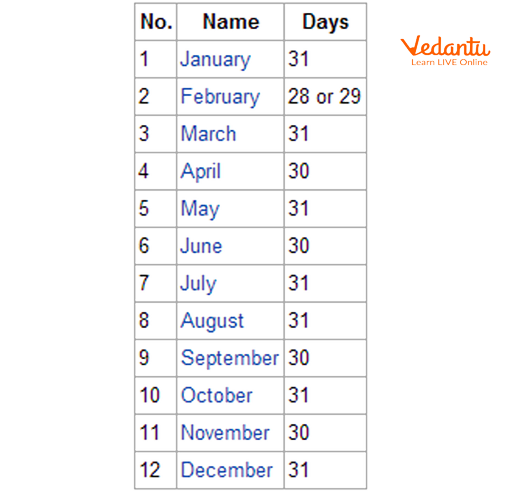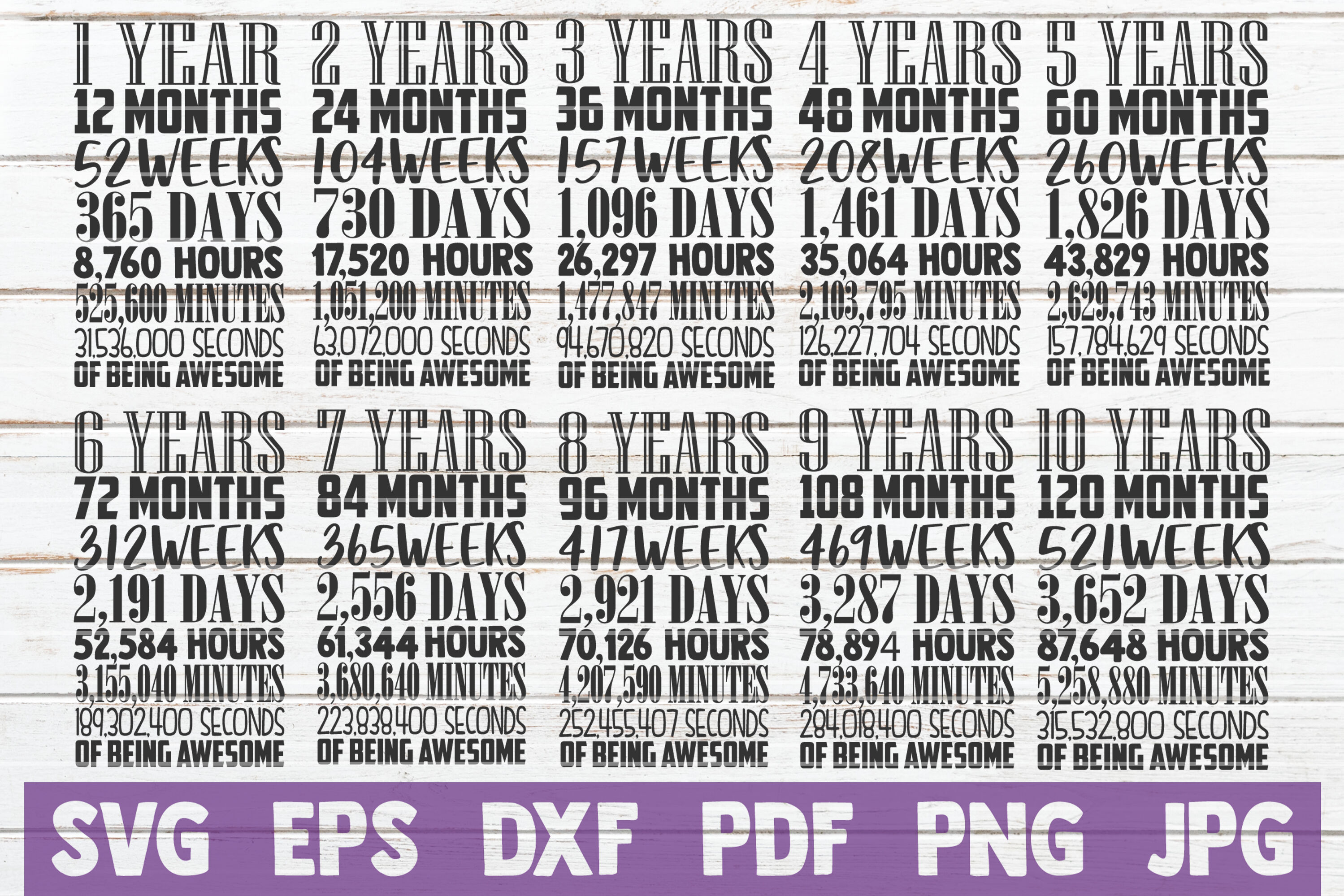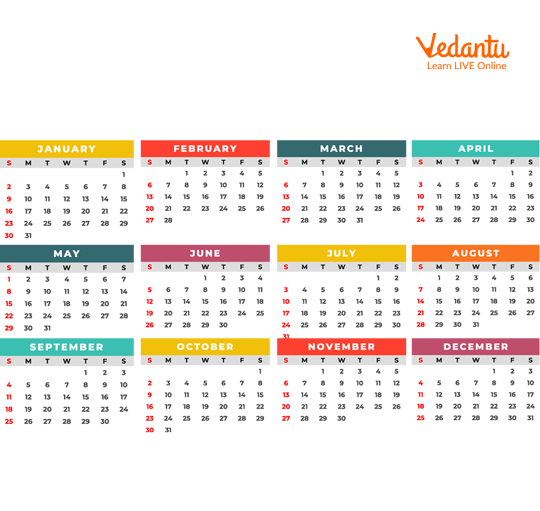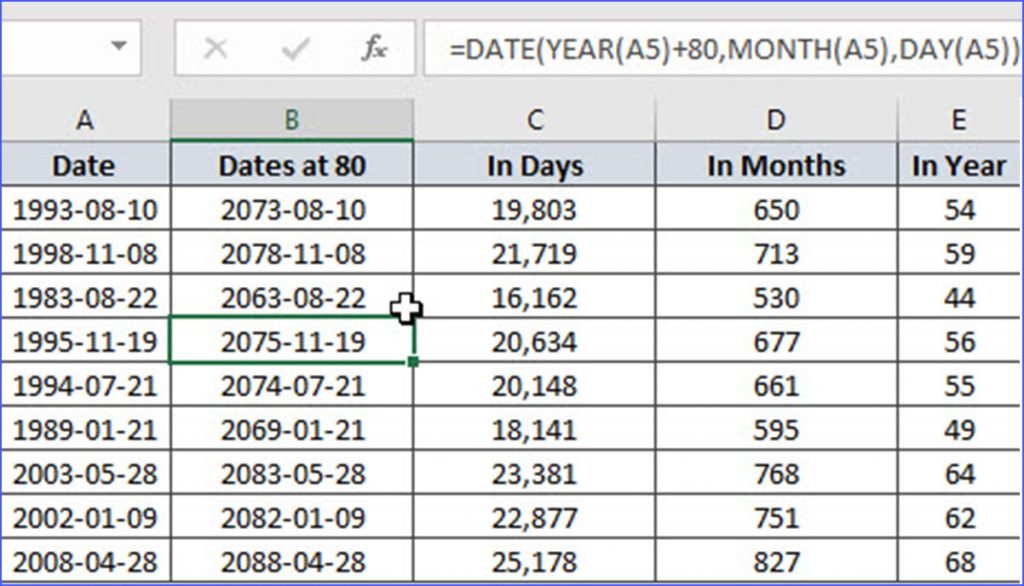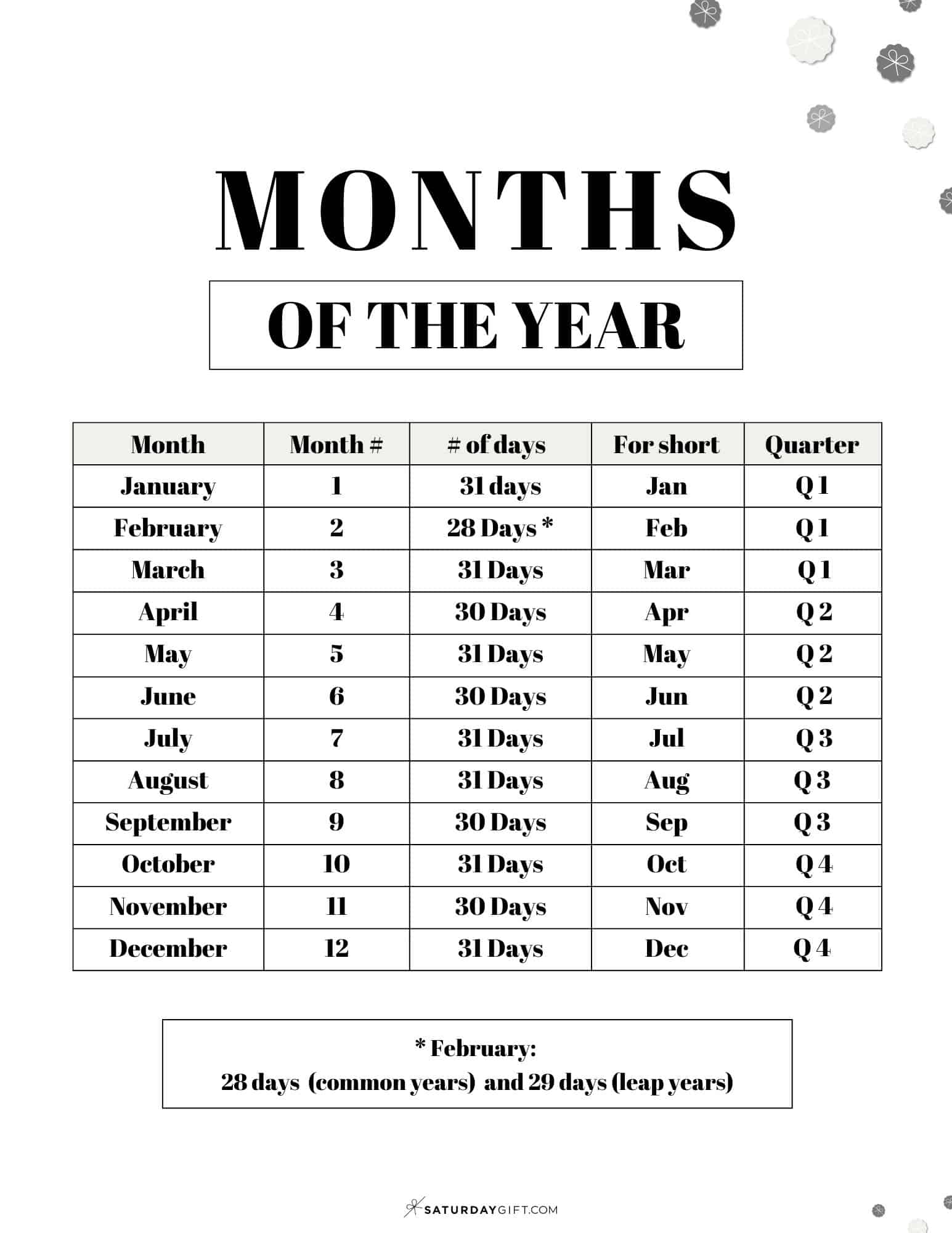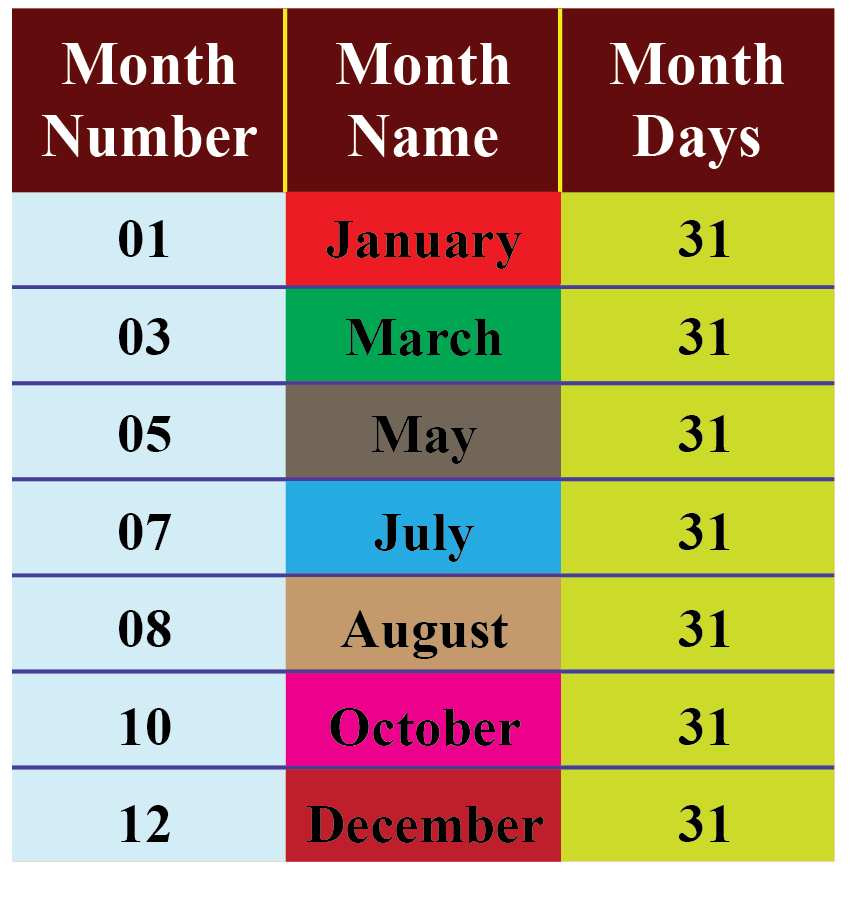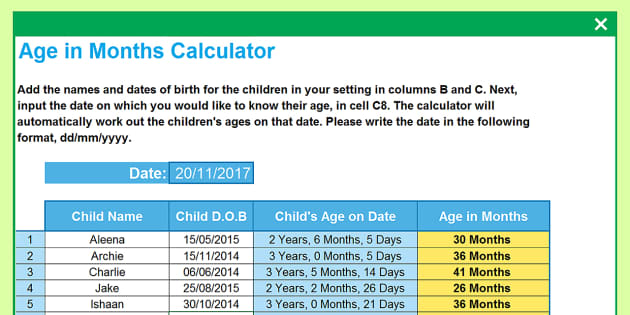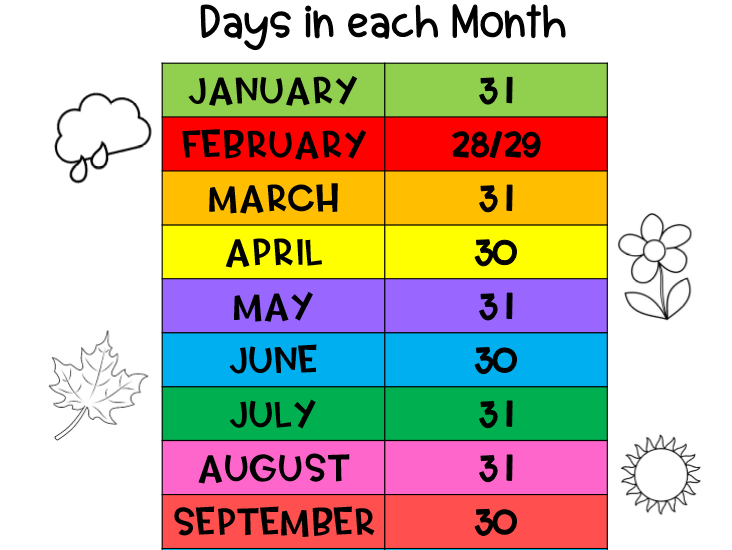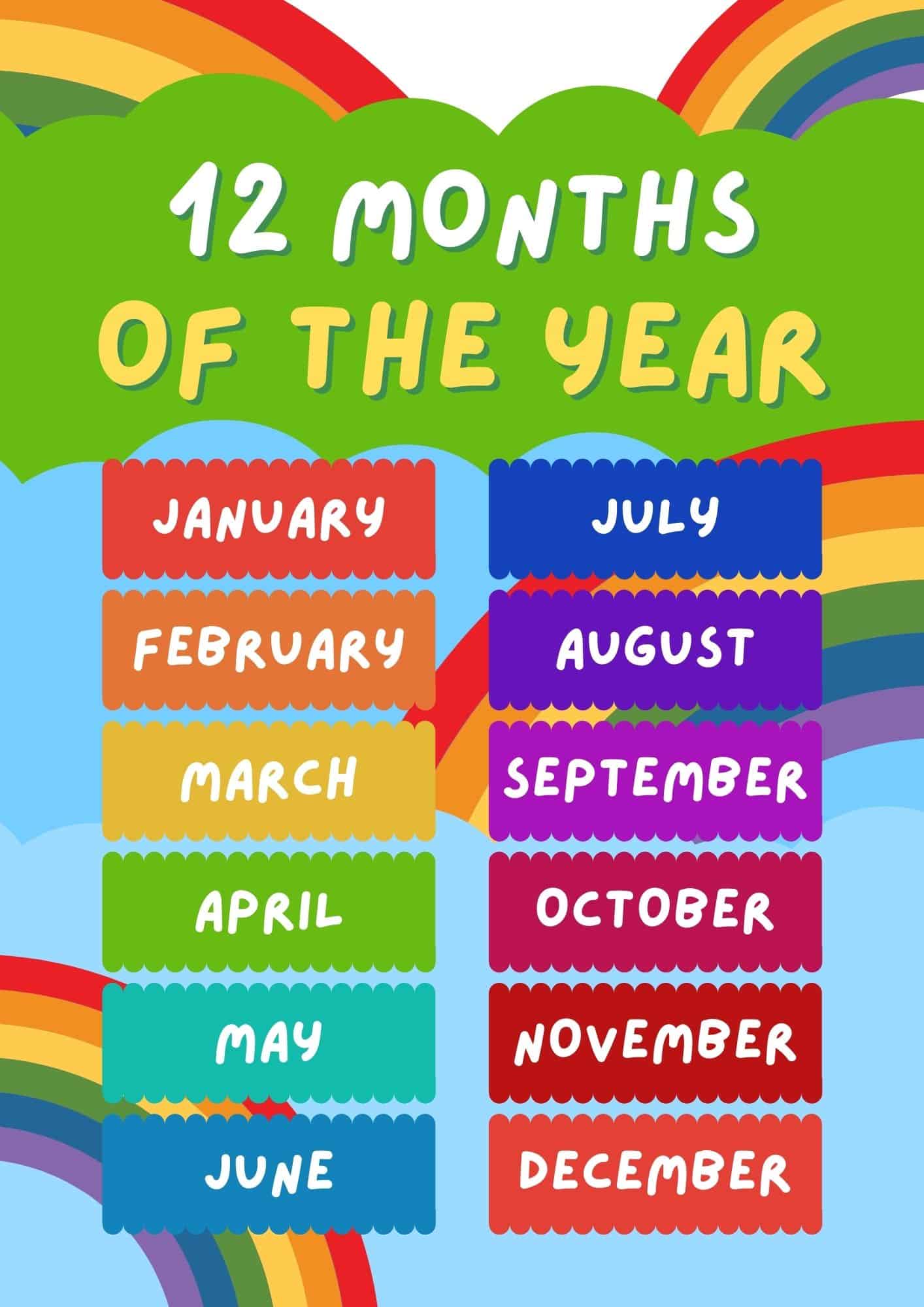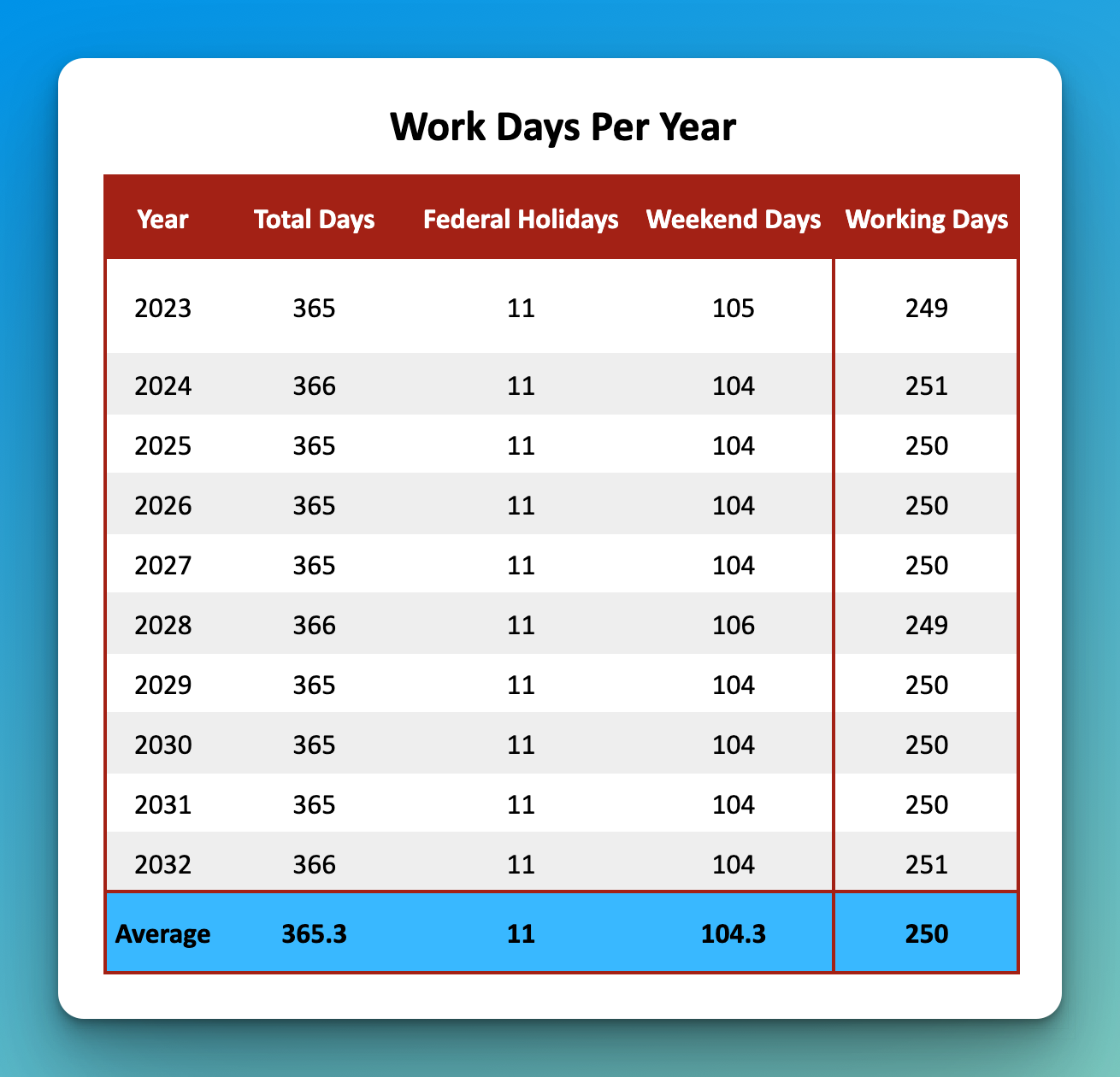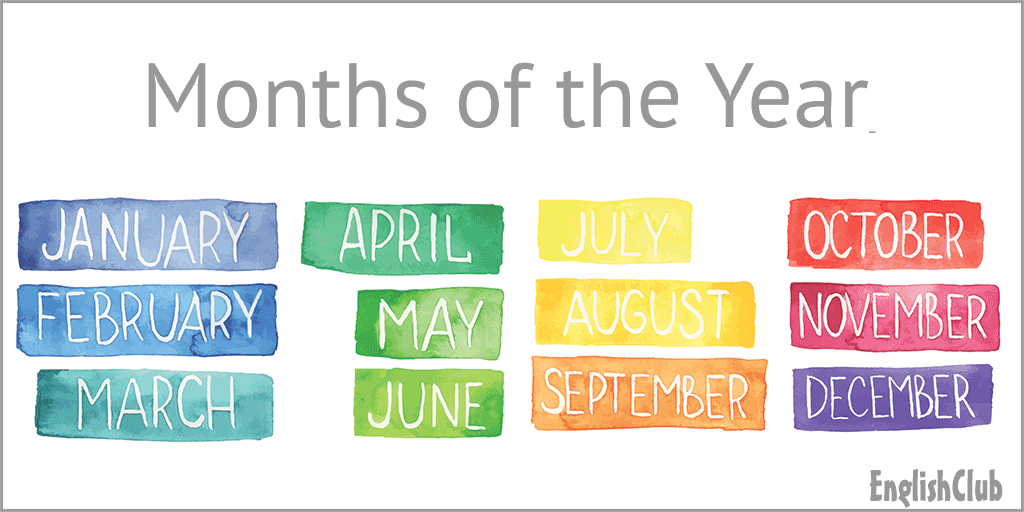How Many Years Is 83 Months

Imagine a cozy kitchen bathed in the golden light of a late afternoon. A mother, flour dusting her apron, is meticulously planning her daughter's future, penciling dates into a well-worn calendar. The topic at hand isn’t college applications or wedding plans, but something simpler, yet equally significant: the timeline for a long-term project, measured in months, and the burning question: how many years is 83 months?
At its core, converting months to years is a basic arithmetic task. But behind that simple calculation lies a wealth of possibilities, representing future goals, milestones reached, and the enduring passage of time. Eighty-three months translates to 6 years and 11 months, a period brimming with potential growth and change.
The Significance of Time
Time is a fundamental concept, woven into the very fabric of our existence. We measure our lives through it, marking significant events and milestones that shape our identities. Whether it’s the gradual blossoming of a relationship, the slow and steady progress of a construction project, or the patient cultivation of a skill, time is the essential ingredient.
Understanding how different units of time relate to each other – months to years, days to weeks – allows us to plan more effectively and appreciate the duration of our endeavors. It provides a framework for setting realistic goals and celebrating our accomplishments along the way.
Breaking Down the Calculation
The conversion from months to years is based on the simple fact that there are 12 months in a year. To find out how many years are in 83 months, we divide 83 by 12. This results in 6 with a remainder of 11.
The whole number, 6, represents the number of full years. The remainder, 11, represents the remaining months. Thus, 83 months equals 6 years and 11 months.
This calculation can be easily verified using online converters or a simple calculator. The key is to understand the relationship between the two units of time.
Real-World Applications
This type of calculation, while seemingly simple, has numerous practical applications in various aspects of life. From financial planning to child development, knowing how to convert months to years can be incredibly useful.
Financial Planning and Investments
Consider a long-term investment plan. Investors often think in terms of years, but the details of a plan are frequently expressed in monthly contributions. Converting months to years allows for a more comprehensive understanding of the overall investment timeline and potential returns.
For instance, understanding that a 72-month bond is actually a 6-year investment makes it easier to compare it with other investment options and adjust your financial strategy accordingly.
Child Development and Milestones
Parents often track their children’s development in months, especially during the early years. Doctors track developmental milestones and growth patterns based on a child's age in months.
Knowing that an 18-month-old toddler is only a year and a half old can provide valuable perspective on their capabilities and expected behavior. This kind of context allows parents to understand the long-term implications of these milestones.
Project Management and Timelines
In project management, timelines are often broken down into months to provide a granular view of progress. For stakeholders, converting these timelines into years can offer a broader overview of the project’s overall duration and potential impact.
A construction project scheduled for 36 months is, in essence, a 3-year undertaking. This provides a more accessible frame of reference for understanding the scope and potential delays involved.
Loans and Leases
Loans and leases, like car leases or mortgages, are often structured with monthly payments spread over a number of years. Knowing that a 60-month car loan is actually a 5-year commitment helps borrowers accurately assess the financial implications.
This conversion makes it easier to compare different loan options and evaluate their affordability over the long term. Understanding the total cost over the lifespan of the loan can prevent unpleasant surprises later on.
The Human Perspective
Beyond the mathematical calculation, there’s a very human element to considering time in this way. A single month can feel like an eternity when you’re eagerly awaiting something, but years can fly by when you’re engrossed in life’s adventures.
Thinking about 83 months—almost seven years—offers a glimpse into the future. It allows us to envision personal growth, potential achievements, and the myriad experiences that might unfold. It is an invitation to plan, dream, and reflect on how we choose to spend our time.
It's a period long enough to earn a degree, start a family, build a business, or travel the world. It is a reminder that time, while fleeting, holds tremendous potential. How we use those 83 months, or any other period of time, is ultimately a reflection of our values and aspirations.
Embracing the Passage of Time
Ultimately, understanding how to convert months to years isn’t just about math; it's about perspective. It’s about grasping the magnitude of time and its potential to shape our lives.
So, the next time you find yourself thinking in months, take a moment to convert it to years. Visualize the bigger picture, plan with intention, and embrace the journey. Time, after all, is our most precious resource. Let us use it wisely to create a life that is meaningful and fulfilling. Even if it's just to understand the answer to a simple question: how many years is 83 months?
